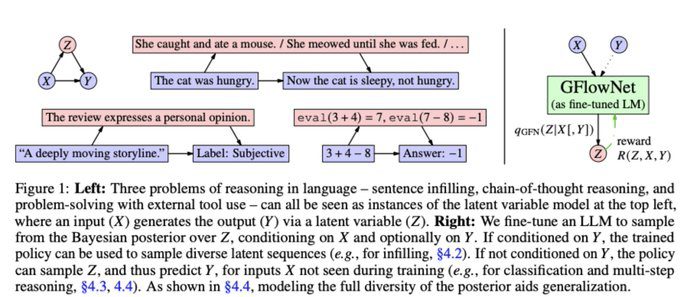Can LLMs Reason and Plan?
The tutorial by @rao2z titled ‘Can LLMs reason and plan? No’ has sparked significant discussions in the AI community. This statement comes at a crucial time when the era of naive AI scaling is coming to an end. The traditional approach of improving AI by simply adding more GPUs is no longer effective. Instead, there is a growing need to develop smarter and more efficient methods to enhance AI capabilities.
The End of Naive AI Scaling
For a long time, the primary strategy to improve AI models was to increase their size and computational power. This approach, known as naive scaling, involved adding more GPUs to the system to achieve better GPUs at the problem. The tutorial emphasizes the need for smarter approaches rather than just scaling up hardware.
The End of Naive AI Scaling
In recent years, the AI community has seen a shift in the approach to improving large language models (LLMs). The era of simply adding more GPUs to enhance performance is coming to an end. This shift is driven by the realization that LLMs, while powerful, have limitations in their reasoning and planning capabilities. As highlighted in the tutorial by @rao2z, current LLMs cannot perform genuine logical reasoning; they replicate reasoning steps from their training data. This sentiment is echoed in Apple’s research paper, which states, “current LLMs cannot perform genuine logical reasoning; they replicate reasoning steps from their training data.”
The Need for Smarter AI
With the end of naive AI scaling, the focus is now on developing smarter AI models. This involves creating more efficient algorithms and leveraging techniques like reinforcement learning and chain of thought (CoT) methodologies. For instance, OpenAI’s o1 series, which is now available to all ChatGPT Enterprise and ChatGPT Edu users, uses reinforcement learning to enhance reasoning and decision-making capabilities. According to OpenAI, “Because the o1 series can reason through complex problems, it can be especially useful in fields like consulting, engineering, maths, science, manufacturing, and logistics.”
Advances in AI Efficiency
Microsoft’s recent launch of an inference framework for 1-bit large language models is a significant step towards optimizing AI models for efficiency and reduced energy consumption. The BitNet.cpp framework can run a 100B BitNet b1.58 model on a single CPU, achieving processing speeds comparable to human reading, at 5-7 tokens per second. This breakthrough highlights the industry’s shift towards smarter, more efficient AI solutions.
Revisiting Traditional Architectures
Interestingly, the AI community is also revisiting traditional architectures like recurrent neural networks (RNNs). Borealis AI has proposed new RNN models, including minGRU and minLSTM, which are 175x and 235x faster per training step than traditional GRUs and LSTMs for a sequence length of 512. This development shows that even older architectures can be optimized to compete with modern models like transformers.
The Role of Explainable AI
As AI models become more complex, there is an increasing focus on explainable AI. Google DeepMind’s work on transformers with Chain of Thought (CoT) methodology is a step towards creating AI systems that can solve complex problems with sufficient intermediate reasoning tokens. According to Zhiyuan Li from the Toyota Technological Institute at Chicago, “We have mathematically proven that Transformers can solve any problem, provided they are allowed to generate as many intermediate reasoning tokens as needed.”
Energy Efficiency in AI
Another critical aspect of smarter AI is energy efficiency. Researchers have proposed a new technique called L-Mul, which solves the problem of energy-intensive floating point multiplications in LLMs. This technique can achieve 95% less energy consumption in neural networks, making AI models more sustainable and cost-effective.
The Future of AI Development
As the AI industry moves away from naive scaling, the focus is now on developing smarter, more efficient, and explainable AI models. This shift is essential for the continued advancement of AI technologies and their practical applications across various industries. The future of AI lies in creating models that can reason, plan, and operate efficiently without relying solely on hardware scaling.
Related Articles
- 5 Ways to Implement AI into Your Business Now
- The Next Leap in AI: Quantum Machine Learning on Quantum Computers
- Navigating the Complexities of LLM Development: From Demos to Production
- Human Creativity in the Age of LLMs
- Rethinking LLM Memorization
Looking for Travel Inspiration?
Explore Textify’s AI membership
Need a Chart? Explore the world’s largest Charts database
